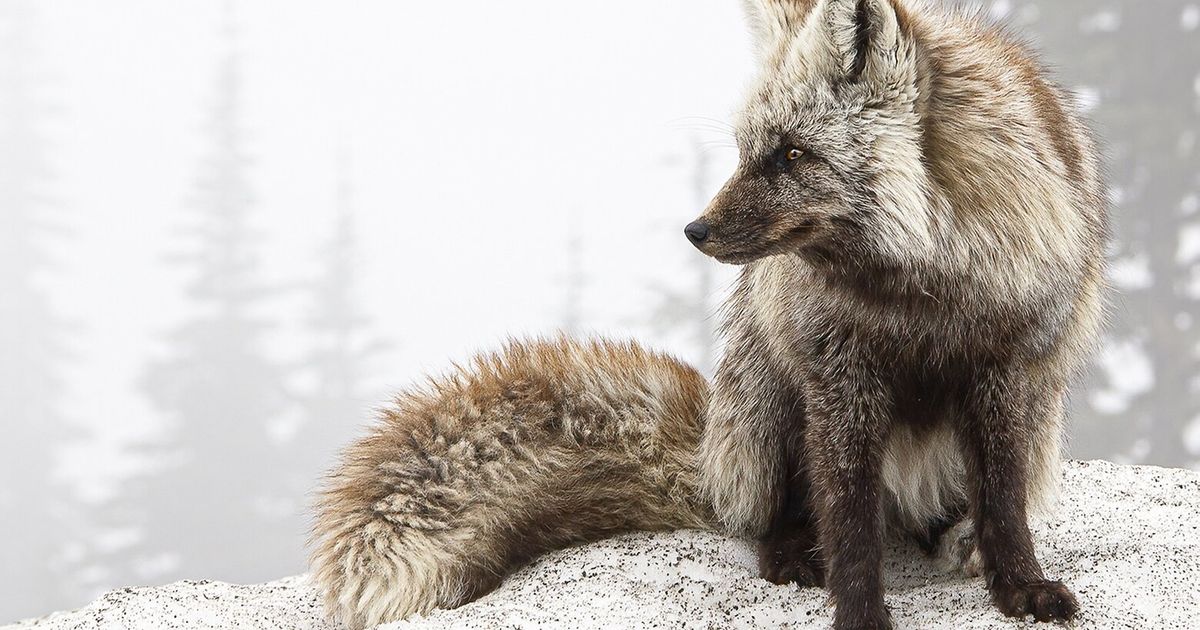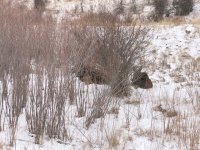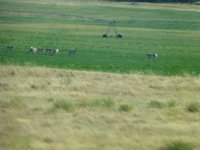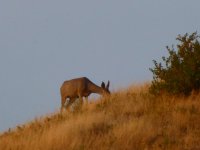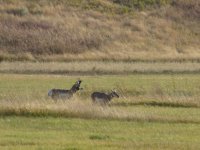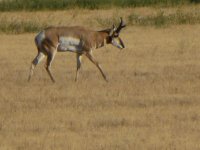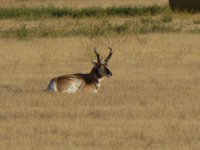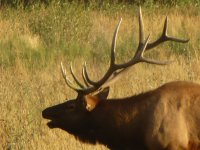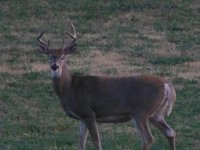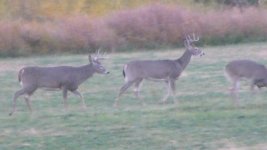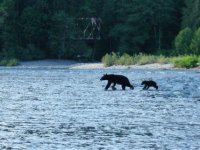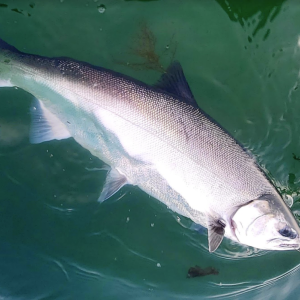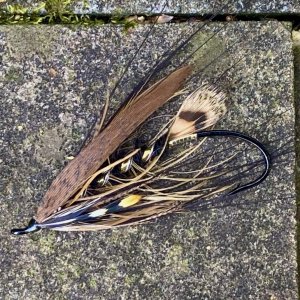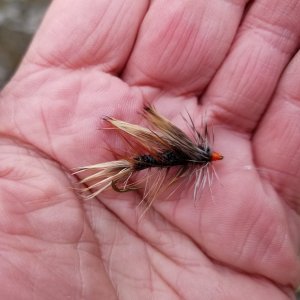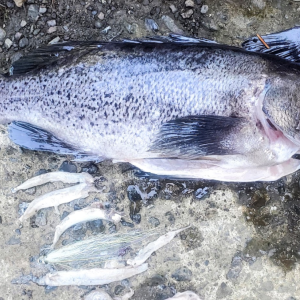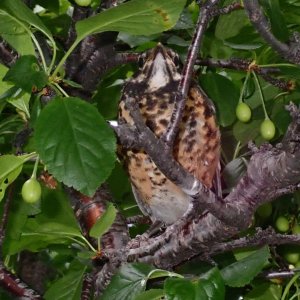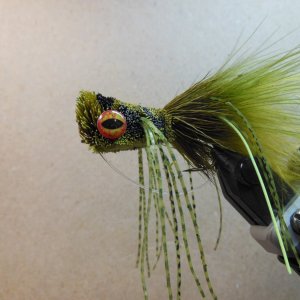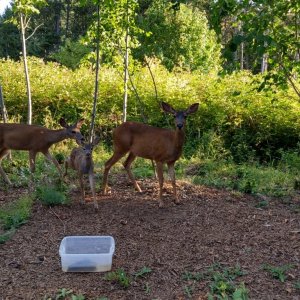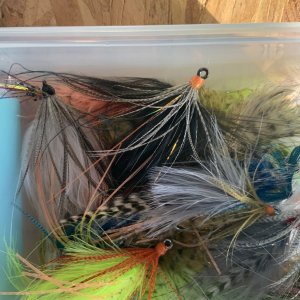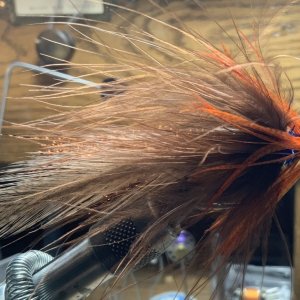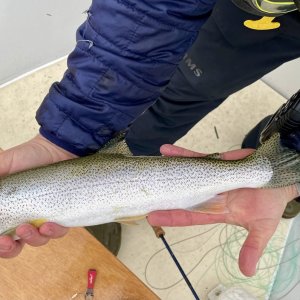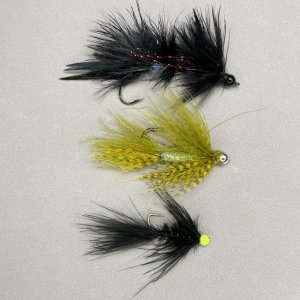Yes, it does appear that all the foxes in the lowlands, including the ones that wander through my backyard on occasion, are "introduced". According to this report: "Populations of non‐native red foxes also occur in lowland areas of Washington due to translocations of red foxes into the state during historical times for fox‐hunting, or animals that escaped or were released from fur farms (Aubry 1984; Witmer & Lewis 2001; Statham and others 2012). The genetic characteristics of these lowland red foxes indicates that they differ from the Cascade red fox and are descended from red foxes that originated in eastern Canada and Alaska (Aubry and others 2009; Sacks and others 2010; Statham and others 2012). Although there is no evidence yet that lowland red foxes have dispersed into and occupied areas within the historical range of the Cascade red fox (Akins and others 2018), a potential invasion by non‐native red foxes into its range could have negative consequences for the Cascade red fox. Conservation and management efforts are complicated by the similarity in appearance between Cascade and lowland red foxes in Washington; consequently, genetic data are required to distinguish the two forms."
Because of its limited and declining range and small population numbers, the Cascade red fox subspecies is a priority conservation species for WADFW.
Steve
Because of its limited and declining range and small population numbers, the Cascade red fox subspecies is a priority conservation species for WADFW.
Steve
Last edited:

